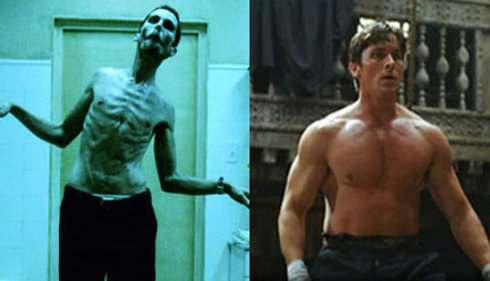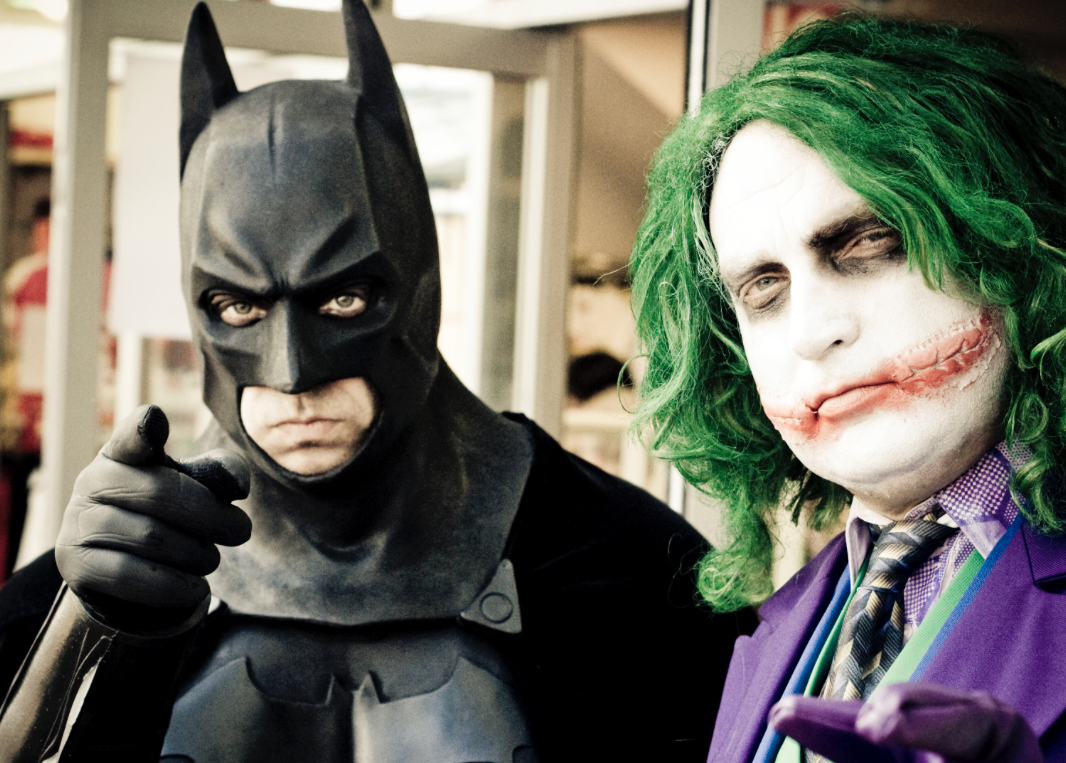Some actors swear by it, while others denounce it as a self-indulgent and superfluous part of the craft. But whichever way you slice it, it’s an enduring part of the profession which has spawned more than a few intriguing tales from the field – today we’ll take a look at a few of them, and attempt to address whether it’s something you should consider for your own acting career.

The type of method acting which most are familiar with is the one pioneered by Lee Strasberg, although this in turn was derived from similar ideas invented at the turn of last century by Constantin Stanislavski (whose system has long been part of fundamental theory taught at acting school.)
Method Acting in Both Preparation and On-Set
The late Heath Ledger’s flawless performance as the Joker in The Dark Knight was followed by a whole month of self-imposed isolation. While locked in his hotel room, Ledger allowed himself to go s bit nuts and slide into the character, scribbling in a mad diary of Joker-esque ramblings and trying to perfect the voice and laugh. While on set, he ignored anyone who didn’t address him as if he were the Joker and reportedly unnerved everyone when he hung out on set even on days off.
One can only imagine what it must have been like for the bellboys walking past Ledger’s suite and hearing that now-iconic laugh late into the night. Regardless, if his subsequent Oscar winning performance is anything to go by, it alone makes a very strong case for method preparation.
Daniel Day-Lewis (who listed Ledger as a massive influence) is also notorious for the extremity of his method acting and preparation. Notable examples include:
– Wearing a top hat and cape at all times around New York City for the two months leading up to The Age of Innocence shoot
– Refusing to wear a warmer coat on the set of Gangs of New York because it was not of the period. This lead to Day-Lewis contracting pneumonia. He still refused the coat, and also refused any kind of modern treatment.
– Committed to really getting into the mindset of the severely paralysed Christy Brown for My Left Foot, Day-Lewis never left his wheelchair during filming, necessitating the crew carrying him and the heavy chair everywhere on set.
– Learned to live solely off the land before and during the filming of Last of the Mohicans, going as far as refusing to eat anything he hadn’t hunted and killed himself.
– Became fluent in Czechoslovakian to play a Czech surgeon in The Unbearable Lightness of Being. It was during this shoot that he first acquired his lifelong habit of never breaking character during a shoot.
As far as method acting goes, you’d be hard pressed to name someone more committed than Daniel Day-Lewis but other actors which have famously refused to break character and taken the method acting to extremed include Joaquin Phoenix, Kate Winslet, Christian Bale, Jack Nicholson, Adrian Brody and Robert de Niro (who actually became a working, licensed taxi driver in preparation for Taxi Driver.)
How Far Should You Take Method Acting?
It’s a good question, but one that is usually rendered moot due to financial or time constraints. If Robert de Niro wants to take six months off to work as a Slovakian potato farmer in preparation for a role, he’s not going to notice the lack of income and there isn’t a director or producer in the world that’s going to tell him he can’t.
You may not have that luxury.
Whether you’re able to go to that kind of extreme or not, do take the time to factor in those who can be adversely affected by method acting: yourself and those around you.

Method acting can lead you to some very strange and sometimes dark behaviors and thought patterns. It can also be physically destructive (especially when extreme weight loss is concerned, a la Christian Bale in The Machinist.)
We could patronize you at this point and say that sacrificing your health and/or wellbeing is not worth it, but you’re a grown adult and it’s entirely up to you how much of yourself you give up to do a good job…
… although perhaps what separates the good from the aforementioned greats is that they don’t see it as just a job.
That said, do beware of one consideration:
You Might Suck at Method Acting.
Tales of actors going borderline insane in the pursuit of understanding their roles make for compelling reading, but caution should be exercised before following in their footsteps.
Method acting is not for everyone, and it’s certainly not a magic bullet that will instantly make you a better actor. In many cases, it can even hamper your performance with complacency – many an actor has been observed mistakenly thinking they’re ready for a
role solely on the basis that they took boxing lessons or lived in a woodland cabin for two weeks.
That all said, you’re doing yourself a disservice if you don’t try it out in some capacity at least once in your career. Your job is to connect on an empathic level with your character, and method acting can be a useful tool in the actor’s arsenal to achieve this.
As with anything derived from Stanislavski’s box of tricks, this is one of those things that can be used as and when it’s needed.
It’s up to you to decide when that is.
Strengthen your ability to act in front of a camera or live audience with our 2-Year Acting for Film Program. Students hone their performing skills for film, television, and stage over the course of four semesters. Visit the 2-Year Acting for Film Program page to learn more.

